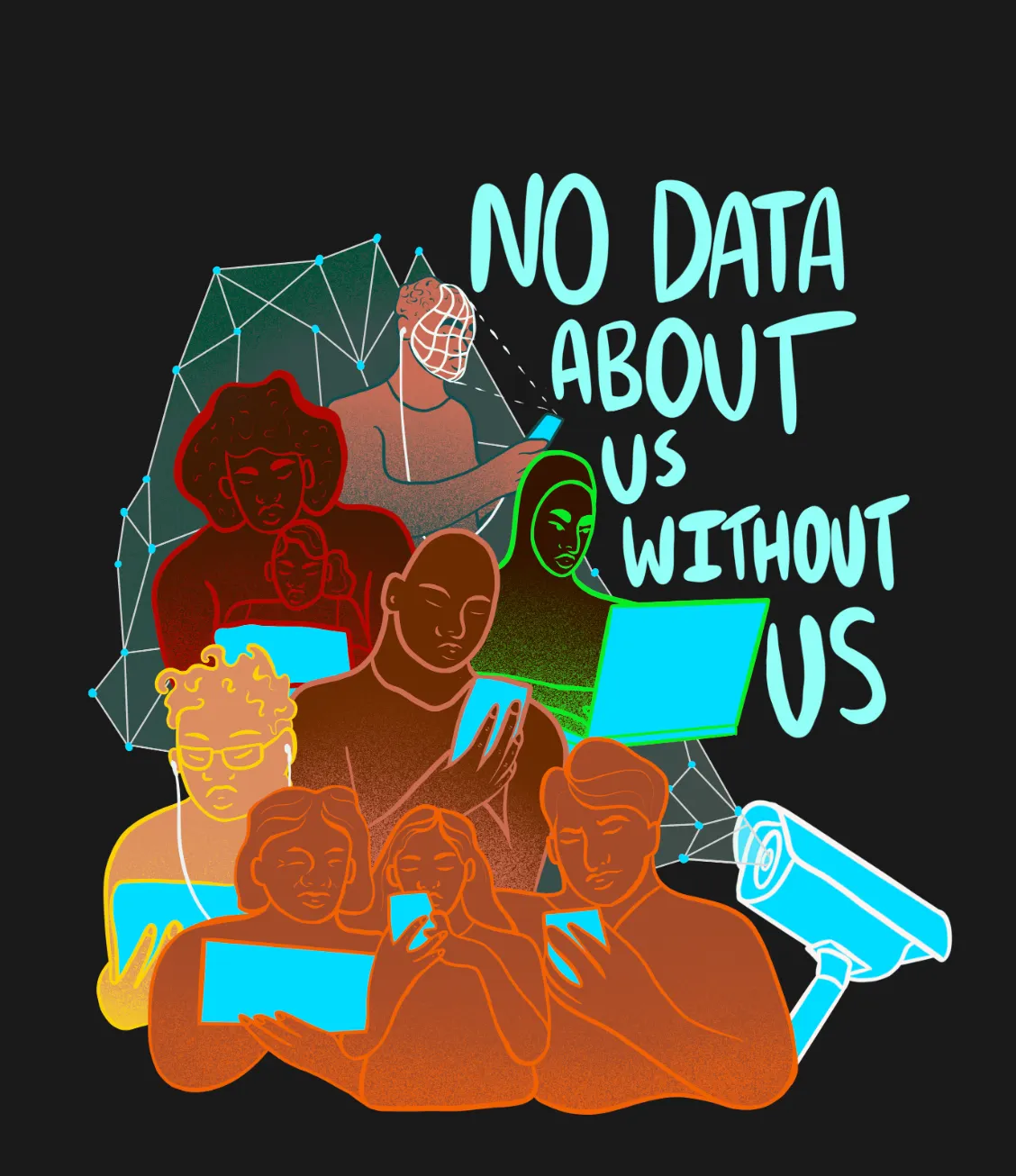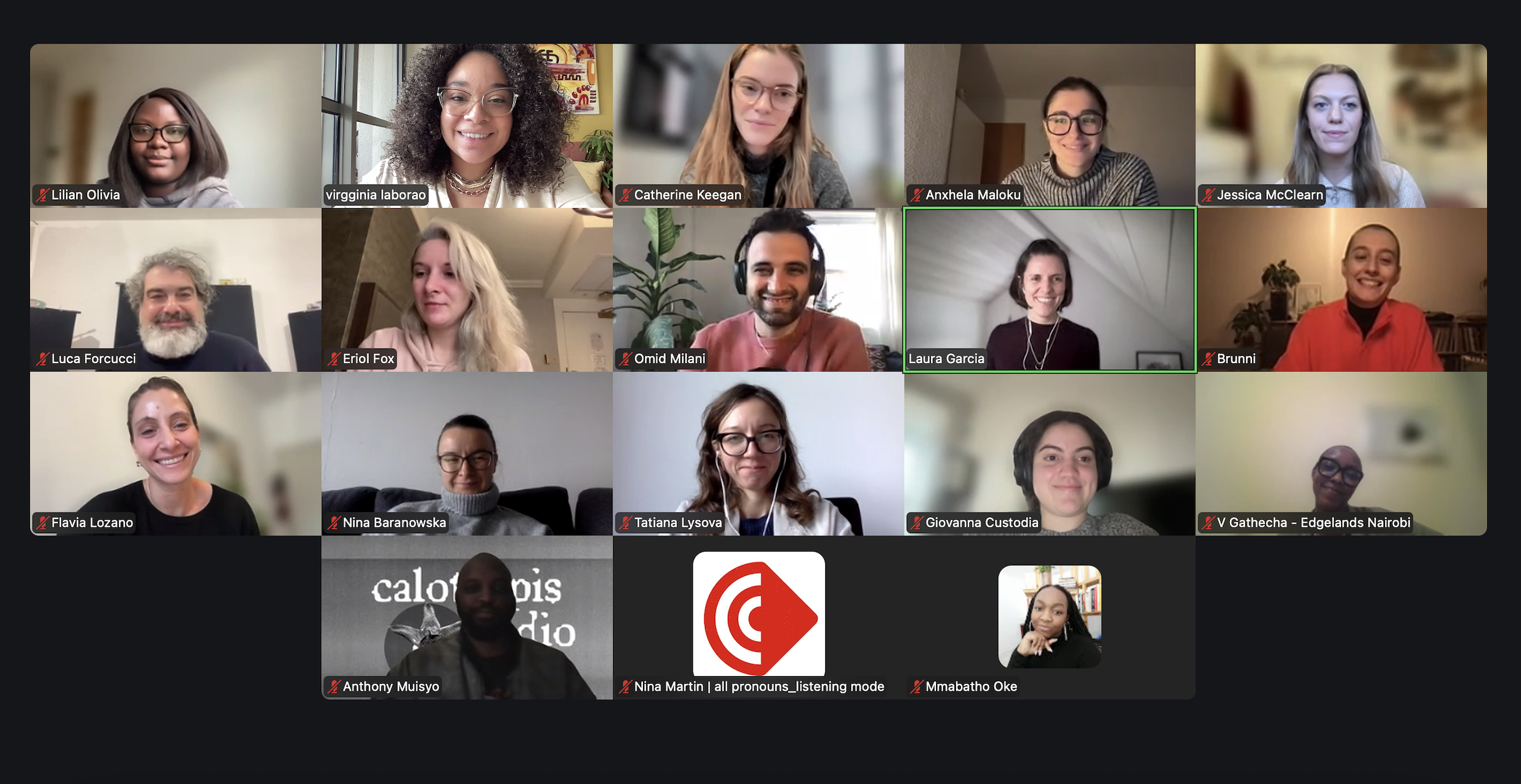El coste de quedarse sin hogar en la era de las ciudades inteligentes
Emre AltındağEn su libro de arte en proceso de elaboración, Emre Altindag explora la ansiedad de ser vigilado constantemente como consecuencia de la digitalización de la seguridad en la sociedad contemporánea.

Ilustración de Emre Altindag . «Cámaras por todas partes... Vigilancia por doquier. Una mujer intenta sobrevivir con su esterilla, su bolso y algunas pertenencias frente al escaparate de una tienda de lujo; la exposición de una mujer que no tiene un lugar seguro entre cuatro paredes donde esconderse, refugiarse y proteger su privacidad…»
Como parte del programa Edgelands Fellowship, estoy creando un libro de arte de 50 páginas para intentar imitar y replicar la sensación de lo "desconocido" que nos vigila. ¿Por qué este tema? Al igual que muchos otros, me ha dado ansiedad ser "observado". Con el auge de las nuevas tecnologías inteligentes, esta sensación de incomodidad no ha hecho más que aumentar. Estas experiencias me inspiraron para crear un libro de arte que comunica estas preocupaciones al público visualmente. Como podrán observar, en cada imagen tiendo a usar la menor cantidad de texto posible para que las imágenes sean más efectivas. En cuanto a mi medio y técnica, utilizo principalmente pluma y tinta sobre papel. Disfruto de la sensación de usar métodos simples y tradicionales al crear arte. A lo largo de esta beca y la creación de mi proyecto, espero aprender más sobre las ciudades inteligentes y mostrar esa información a través de una protagonista femenina. Dado que el problema de las personas sin hogar se narra principalmente a través de personajes masculinos en los medios, quería centrarme en las experiencias de una mujer en este momento.
A través de la historia de una persona sin hogar, analizaré cómo las aplicaciones digitales utilizadas en el diseño de ciudades inteligentes afectan su vida privada. Al llevar el concepto de vigilancia y privacidad al extremo, ilustraré cómo estos conceptos adquieren dimensiones únicas para las personas sin hogar, quienes viven a la intemperie y están expuestas a más mecanismos de vigilancia de datos que una persona con hogar. ¿Cómo afecta la vida de una persona vivir en el centro de la megavigilancia y el Big Data? Estas son las preguntas que realmente me inspiran a pensar en una historia que se centra en el día a día de una persona sin hogar en una de las ciudades inteligentes.
Las ciudades inteligentes, a pesar de sus ventajosas políticas de seguridad, siguen siendo una metáfora distópica. Pueden considerarse como un área urbana con diversas tecnologías digitales para recopilar datos y utilizarlos para crear recursos y servicios. Quizás la razón principal sea el miedo a la privacidad que despierta en nosotros la vigilancia. La llegada de nuevas tecnologías, como los relojes inteligentes, los Airtags y los sistemas inteligentes de control de tráfico, ha impactado enormemente las definiciones tradicionales de conceptos como espacio público y privado, visibilidad, accesibilidad, exposición, consentimiento y libertad. Anteriormente, estas definiciones se entendían como mecanismos controlables por la propia persona, y muchos consideran que toda la información personal no puede ser fácilmente accesible al público. Por lo tanto, la mayoría de las personas no sienten que su vida esté demasiado expuesta al exterior. Pero ahora, esta situación está cambiando rápidamente y estos conceptos pueden alcanzar dimensiones muy diferentes. En ese punto, aunque todos estos afectan de forma diferente a cada persona, me pregunto qué dimensiones alcanzan estos conceptos en el caso de una persona sin hogar, que podría encontrarse en la posición más vulnerable en esta situación.





